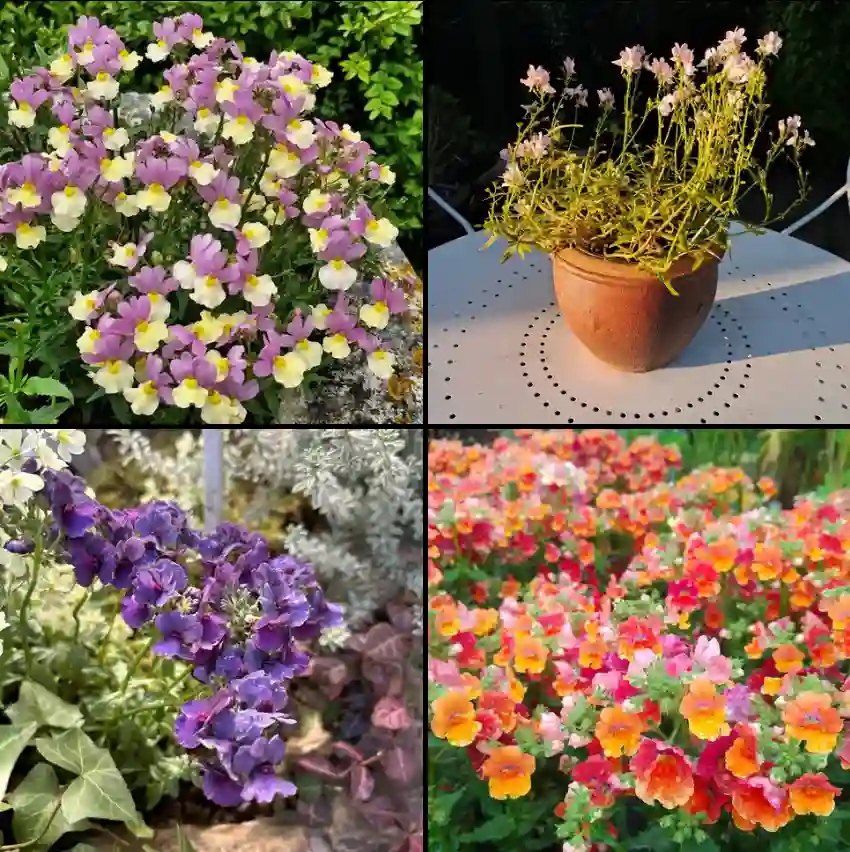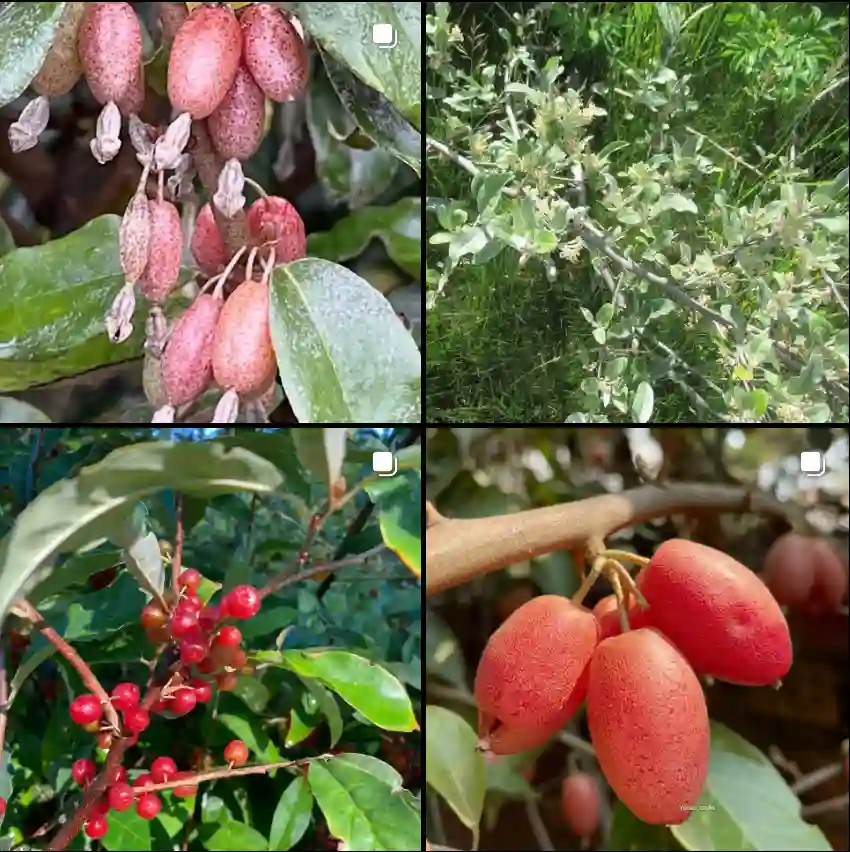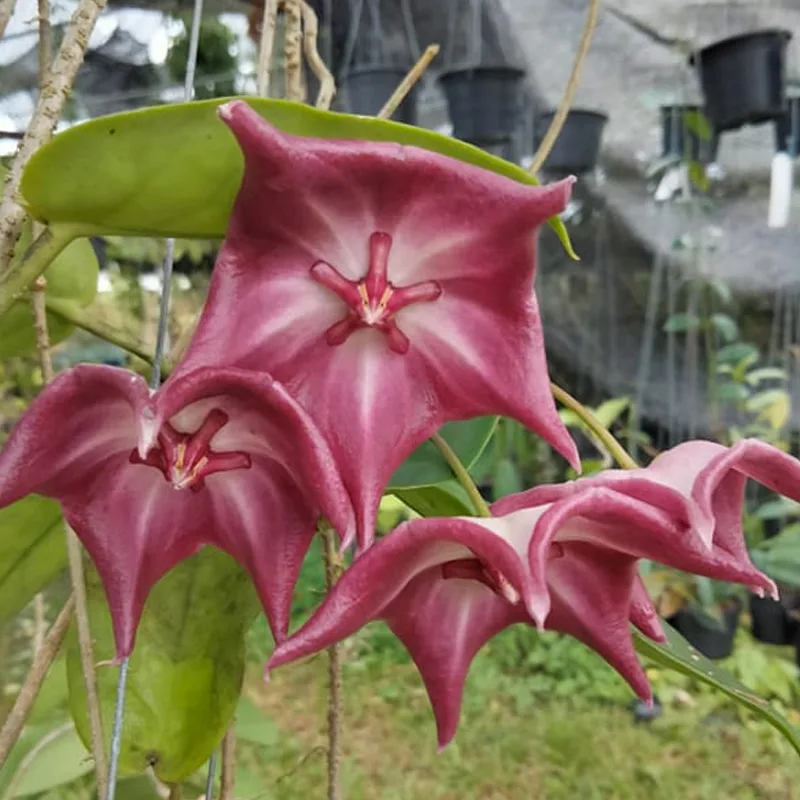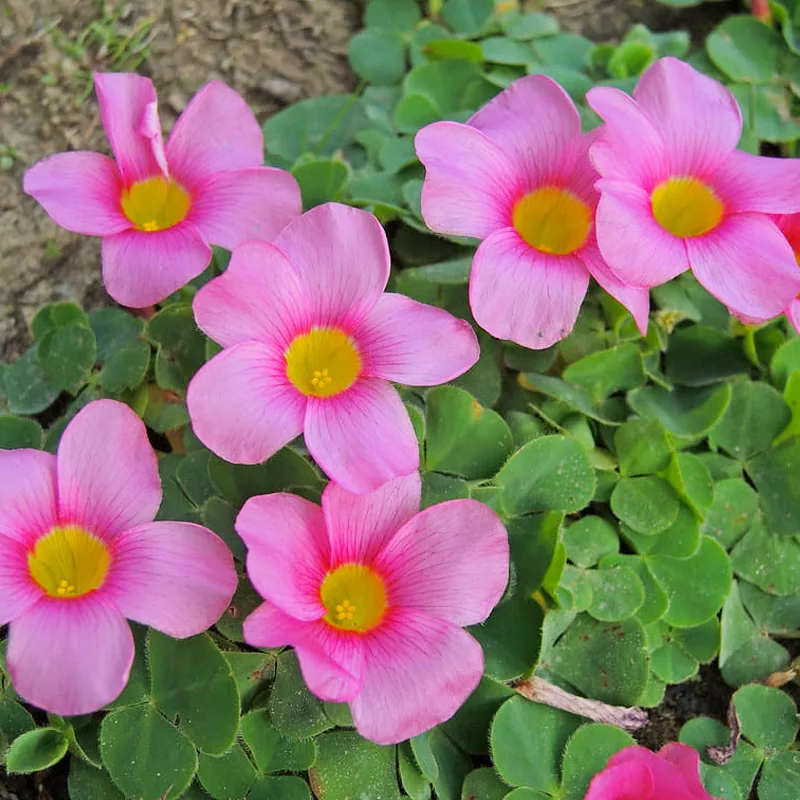Hosta Plantaginea: The Fragrant Plantain Lily – Your Questions Answered
Hi, Ferb Vu here. As a plant enthusiast, I’ve come across many shade-loving beauties, and the Hosta Plantaginea, also known as the Fragrant Plantain Lily or August Lily, is a true standout.
This perennial boasts not only stunning foliage but also intoxicatingly fragrant flowers, making it a unique addition to any shady garden. But with its fancy name and unique qualities, I know questions arise. Let’s delve into the world of Hosta Plantaginea and answer some of the most common inquiries.
31 Species in Genus Hosta
What is Hosta Plantaginea?
Hosta Plantaginea is a herbaceous perennial belonging to the Asparagaceae family. It’s native to southeast and south-central China, where it thrives in the cool, shaded understory of mountain forests. This shade lover has become a popular garden escapee, gracing landscapes worldwide.
What Makes Hosta Plantaginea Special?
Two things truly set Hosta Plantaginea apart: its fragrant blooms and captivating foliage. Unlike most hostas, this species boasts large, white, trumpet-shaped flowers that unfurl in late summer, filling the evening air with a sweet, intoxicating fragrance.
The foliage itself is a sight to behold. Hosta Plantaginea forms a dense mound of glossy, bright green leaves. These leaves have a broad, oval shape with prominent parallel veins and a slightly quilted texture, adding depth and visual interest to your shady corners.
How Does Hosta Plantaginea Compare to Other Hostas?
There are hundreds of hosta cultivars available, but most lack the fragrance of Hosta Plantaginea. If fragrance is a priority, this is your only fragrant option within the genus.
However, for those seeking variety in foliage color and texture, other hostas offer a wider range. Hosta ‘Blue Angel’ boasts stunning blue-green leaves, while Hosta Gold Standard offers vibrant yellow foliage.
Ultimately, the best choice depends on your personal preference. If both fragrance and beautiful foliage are important, Hosta Plantaginea is an unbeatable combination.
How to plant and care for Hosta Plantaginea?
Here’s the good news: Hosta Plantaginea is a relatively low-maintenance plant. It thrives in shady locations with moist, well-drained soil. Aim for morning sun with afternoon shade for optimal growth.
- Planting: Choose a well-draining spot that receives dappled sunlight or morning sun with afternoon shade. Amend the soil with organic matter like compost or aged manure before planting.
- Watering: Water regularly, especially during the first growing season and hot, dry spells. Aim to keep the soil consistently moist but not soggy.
- Fertilizing: A light feeding in early spring with a balanced fertilizer is beneficial.
- Mulching: Apply a layer of mulch around the base of the plant to retain moisture, suppress weeds, and regulate soil temperature.
Common Hosta Plantaginea Problems
While a resilient plant, Hosta Plantaginea can face a few challenges:
- Slugs and snails: These slimy creatures love to munch on hosta leaves. Use organic slug and snail control methods like beer traps or diatomaceous earth.
- Deer: Deer find hostas quite palatable. Fencing or deer repellent can be necessary in areas with high deer populations.
Is Hosta Plantaginea Right for My Garden?
If you have a shady nook in your garden and crave a touch of fragrance and elegance, Hosta Plantaginea is a perfect choice. Here’s a quick recap to help you decide:
- Pros: Fragrant flowers, beautiful foliage, shade tolerant, low maintenance.
- Cons: Limited foliage color and texture options compared to other hostas, susceptible to slugs and snails, may require deer deterrents.
Conclusion
Hosta Plantaginea offers a unique combination of beauty and fragrance, making it a standout in the world of shade-loving perennials. With proper care and placement, this fragrant plantain lily will add a touch of magic to your garden for years to come.
If i die, water my plants!



